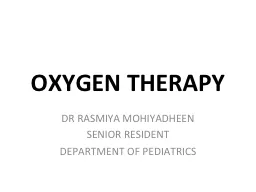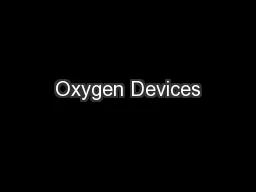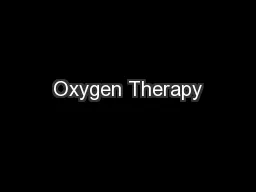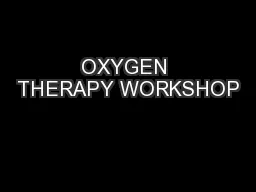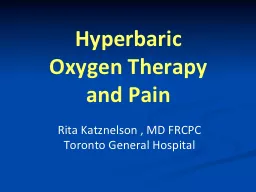PPT-OXYGEN THERAPY DR RASMIYA MOHIYADHEEN
Author : lily | Published Date : 2022-06-08
SENIOR RESIDENT DEPARTMENT OF PEDIATRICS INTRODUCTION Oxygen is a drug monitor effects and side effects 21 of room air contains oxygen adequate for healthy person
Presentation Embed Code
Download Presentation
Download Presentation The PPT/PDF document "OXYGEN THERAPY DR RASMIYA MOHIYADHEEN" is the property of its rightful owner. Permission is granted to download and print the materials on this website for personal, non-commercial use only, and to display it on your personal computer provided you do not modify the materials and that you retain all copyright notices contained in the materials. By downloading content from our website, you accept the terms of this agreement.
OXYGEN THERAPY DR RASMIYA MOHIYADHEEN: Transcript
Download Rules Of Document
"OXYGEN THERAPY DR RASMIYA MOHIYADHEEN"The content belongs to its owner. You may download and print it for personal use, without modification, and keep all copyright notices. By downloading, you agree to these terms.
Related Documents

